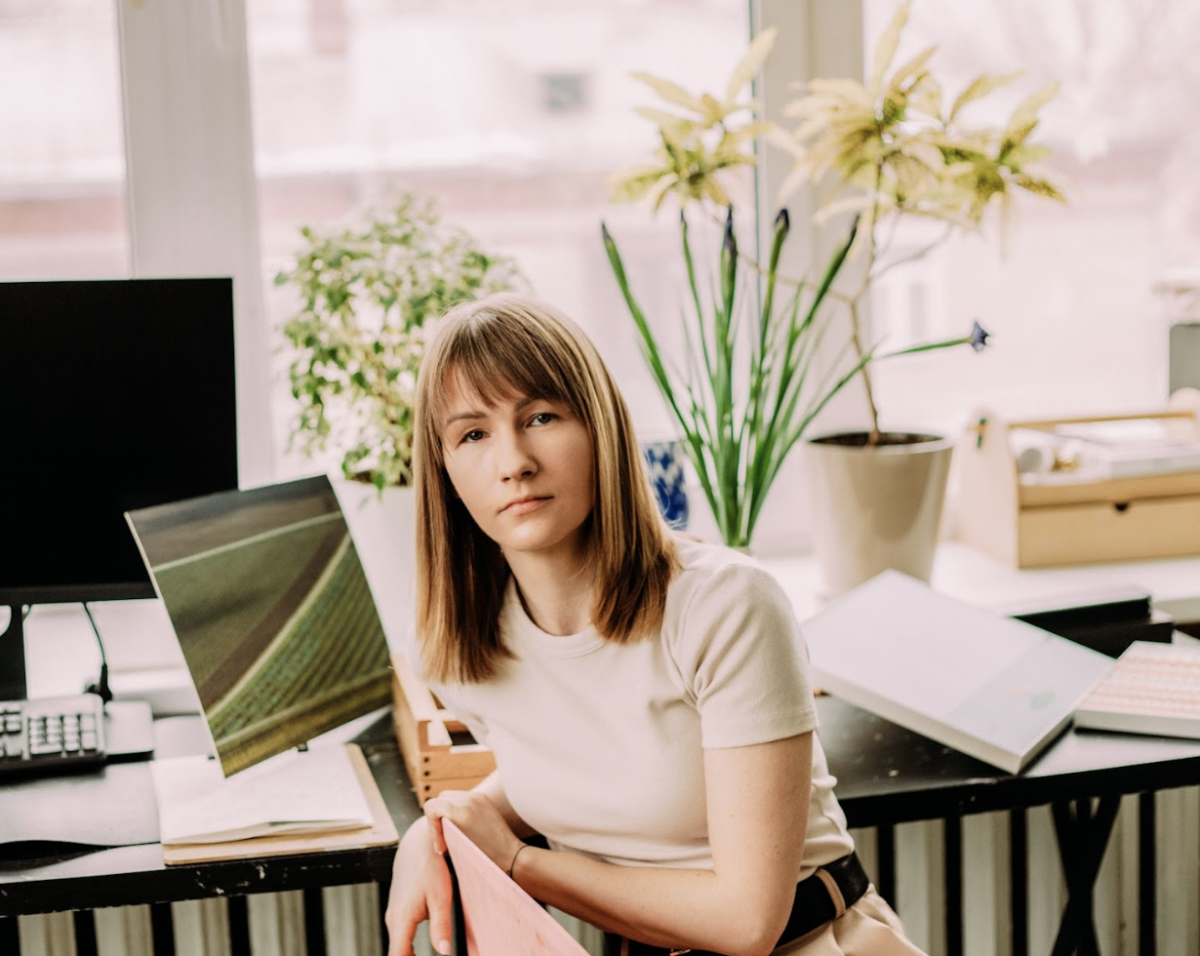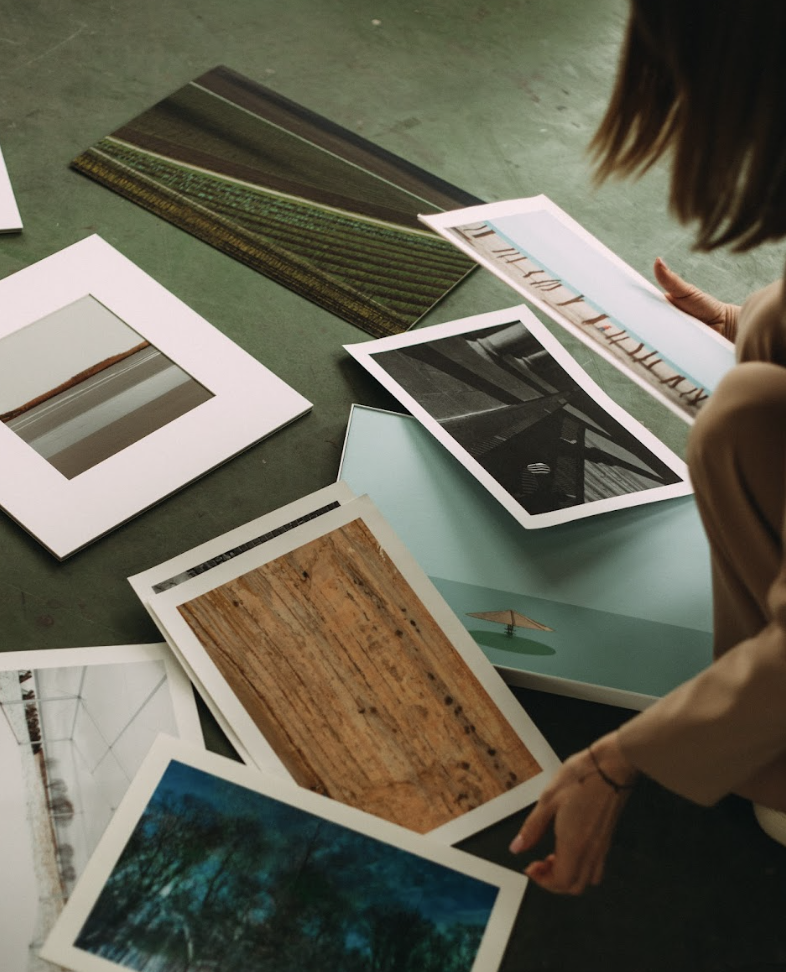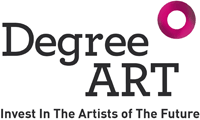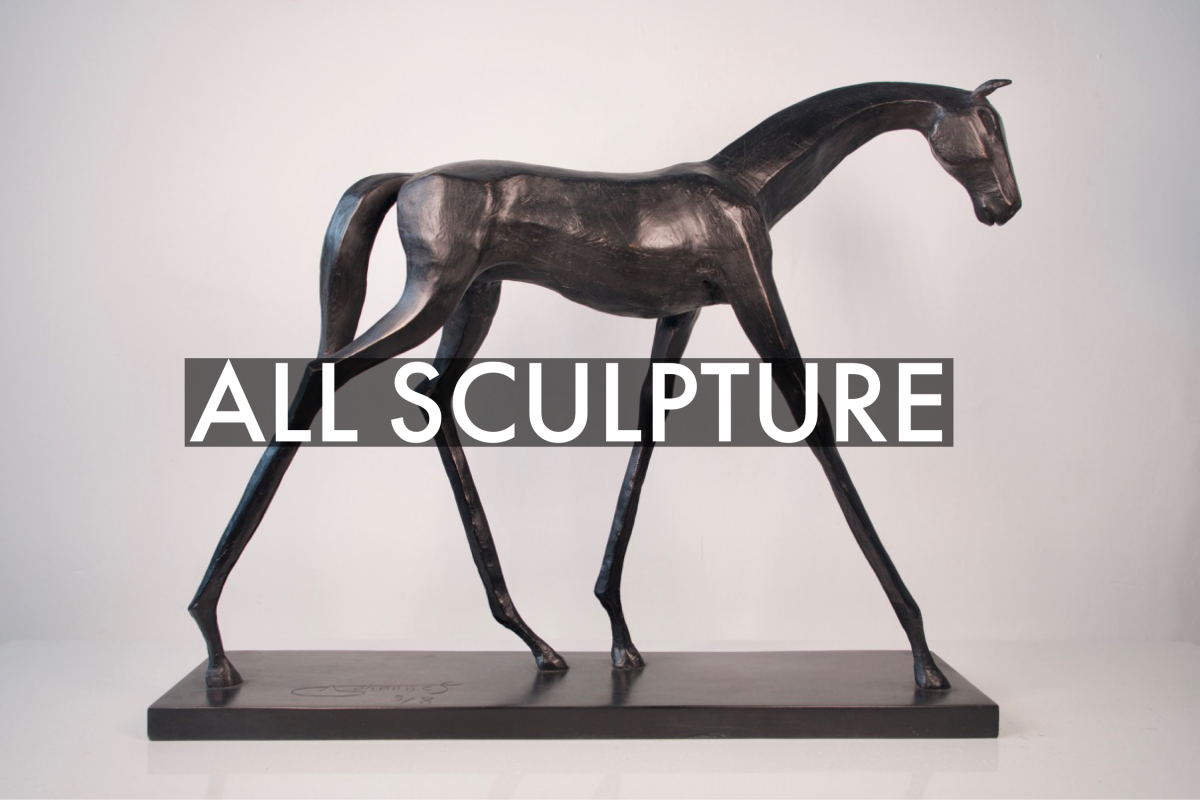Evgeniya Strygina is a London-based contemporary artist who specialises in landscape and architecture photography, capturing urban and natural environments to highlight both their relation to and their autonomy from human beings. Following her early studies in film and digital photography as a teenager, Evgeniya took an interest in photography while studying for her degrees in journalism and Spanish in Moscow. After graduating, she completed two courses at the Fine Art Photography School and a year-long course on contemporary art theory and practice at the Free Workshops, Moscow Museum of Modern Art (MMOMA). A perfectionist in her work, Evgeniya has stuck to digital photography, a medium she believes helps her attain the most satisfying and mesmerizing results.

1) Which art movement do you consider most influential on your practice?
I would say Suprematism. From this movement, I've embraced geometric precision, pure forms, and the idea of showing spaces beyond what is possible, where the world is decomposed into elements like "patterns", "shadows", "spots" and devoid of any geographical features. Additionally, I am influenced by Impressionism, which at times adds a touch of softness to these straight-line constructions.
2) Where do you go and when to make your best art?
I typically go to natural and secluded places I haven't visited before, ideally not popular among tourists. If a location is well-known, I prefer to visit it during the off-season to avoid crowds. A change of environment helps me clear my mind, and sometimes, randomly captured moments or ideas that come to me there might evolve into more meaningful and complex projects later.
3) How do you describe your 'creative process'?
My creative process is driven by a meticulous and detail-oriented approach to work. I specialize in digital photography and believe it allows me to achieve the precise results I desire. I'm dedicated to spending extensive hours capturing numerous shots to ensure that I attain only a select few mesmerizing images that truly satisfy my vision.
4) Which artist, living or deceased, is the greatest inspiration to you?
At first, I felt a connection with artists like Hiroshi Sugimoto and Andreas Gursky, admiring their work and aspiring to emulate it. However, my perspective has shifted, and now I find inspiration in artists who captivate me with the profound differences between us, such as Marina Abramović, Grayson Perry, Ai Weiwei.
5) If you weren't an artist, what would you do?
I would probably continue my career in journalism, building upon my degree in the field. The documentary aspect of journalism resonates deeply with me. However, real objective journalism doesn't allow for manipulating reality, whereas contemporary photography presents this opportunity and even encourages it. I find it interesting to balance between these two states - documenting reality and embracing artistic freedom.
6) What do you listen to for inspiration?
I listen to calm background music, something that doesn't grab too much attention but helps me concentrate on my work or thoughts. Also, I have playlists for various moods, whether I want to have a good cry, dance around, or travel somewhere.

7) If you could own one artwork, and money was no object, which piece would you acquire?
I'd choose Alexander Calder's Snow Flurry. When I first saw it at The Museum of Modern Art in New York, I couldn't take my eyes off it. But, let's be real, along with the artwork, I'd also need a place to store it.
8) If your dream museum or collection owner came calling, which would it be?
Foam, Huis Marseille, ICP, V&A Photography Centre, Aperture Gallery.
9) What is your key piece of advice for artists embarking on a fine art or creative degree today?
Pursue this path only if the thought of not trying it terrifies you. Expect to hear 'no' more frequently than 'yes' and be ready for the routine, as well as the reality that inspiration often gives way to disappointment.
10) What is your favourite book of all time (fiction or non fiction)?
"The Blue Bird" by Maurice Maeterlinck.
11) If you could hang or place your artwork in one non-traditional art setting, where would that be?
It would be interesting to display my works in the exact locations where the photos were taken. Since I often work with landscape photography, this would create a recursion where the photo and reality duplicate each other. On one hand, it would be an artistic experiment to see how the frozen moment captured in a photograph interacts with the ever-changing natural landscape.
12) What was the biggest lesson your university course or time studying taught you?
Studying art, especially in its contemporary form, is about as easy as chasing your own tail if you’re a dog. It appears to be so close, happening right here and now, yet it’s so mercurial that it doesn’t let you catch up. You can only snap your jaws as you try. I had to come to terms with the fact that the vast majority of the ideas I had just come up with had already been put into practice by somebody else. It was yet another challenge and a way to evolve.
13) And finally, if we were to fast forward 10 years, where would we find you?
You would find me engaged in creating art, much like I am now, hopefully on a larger scale. I hope to have evolved and grown as an artist.
Learn more about Evgeniya and discover her collection of artwork














